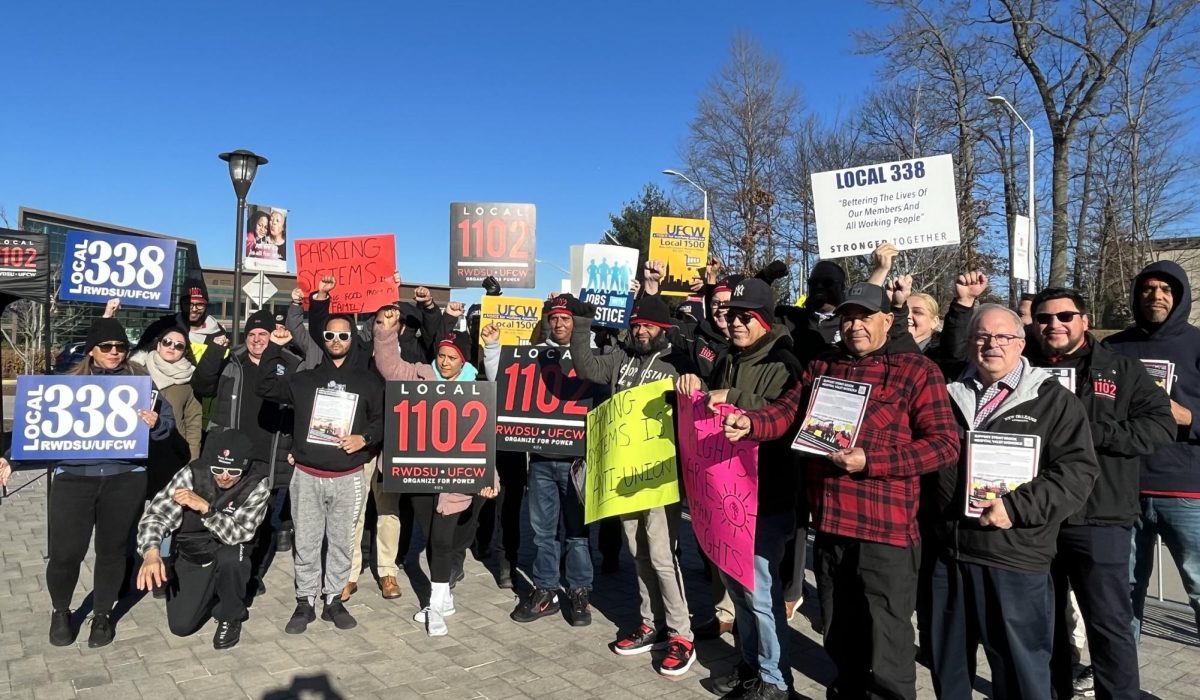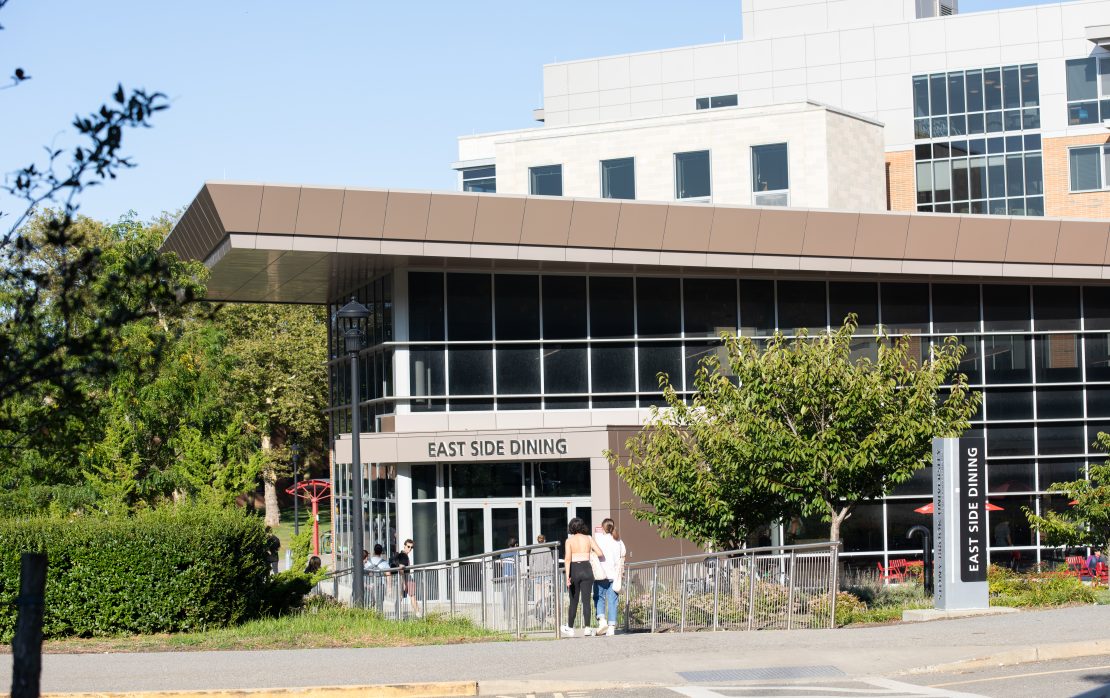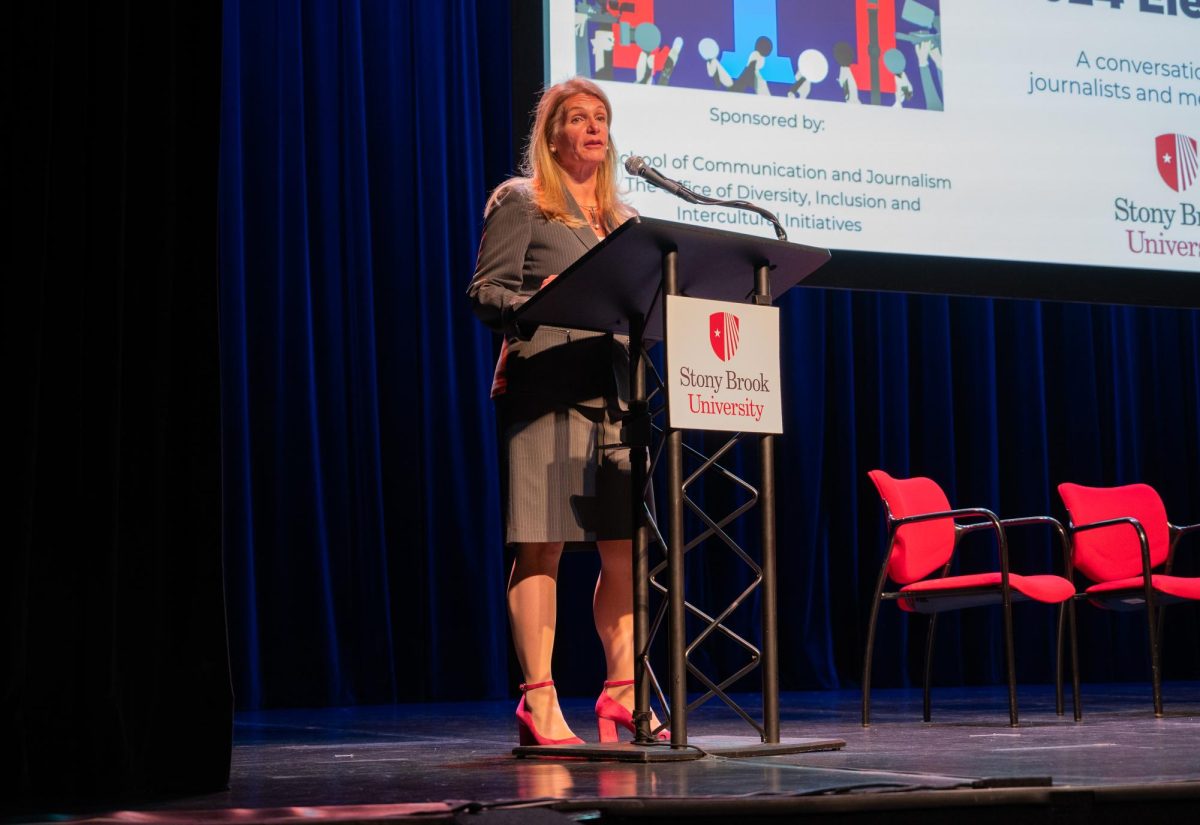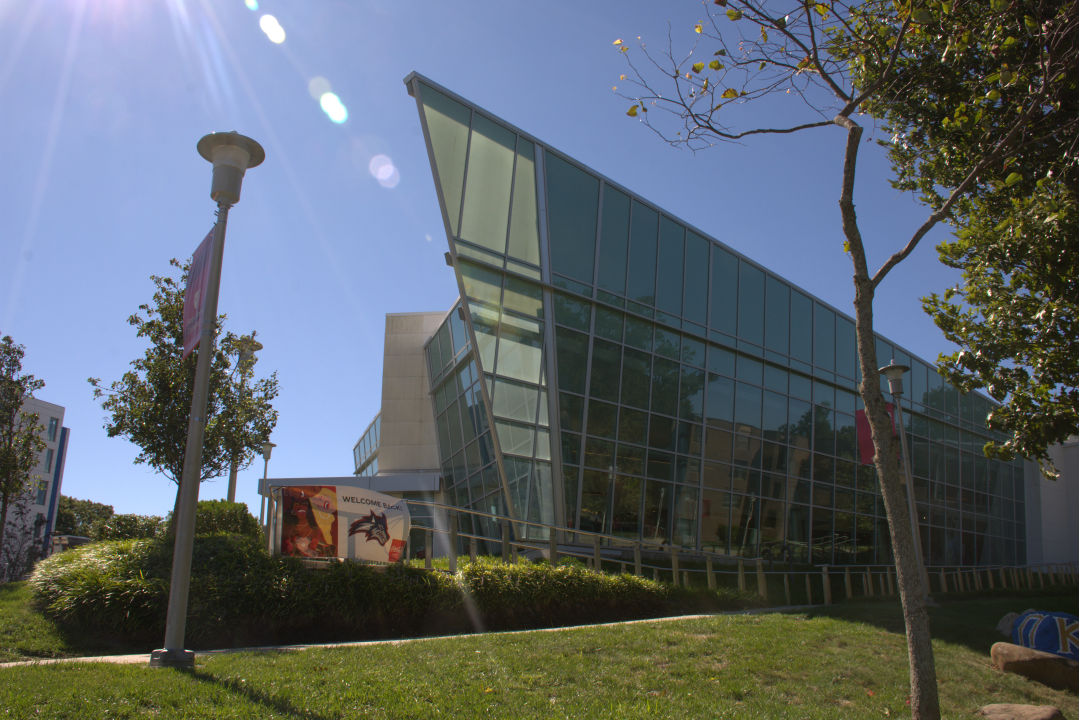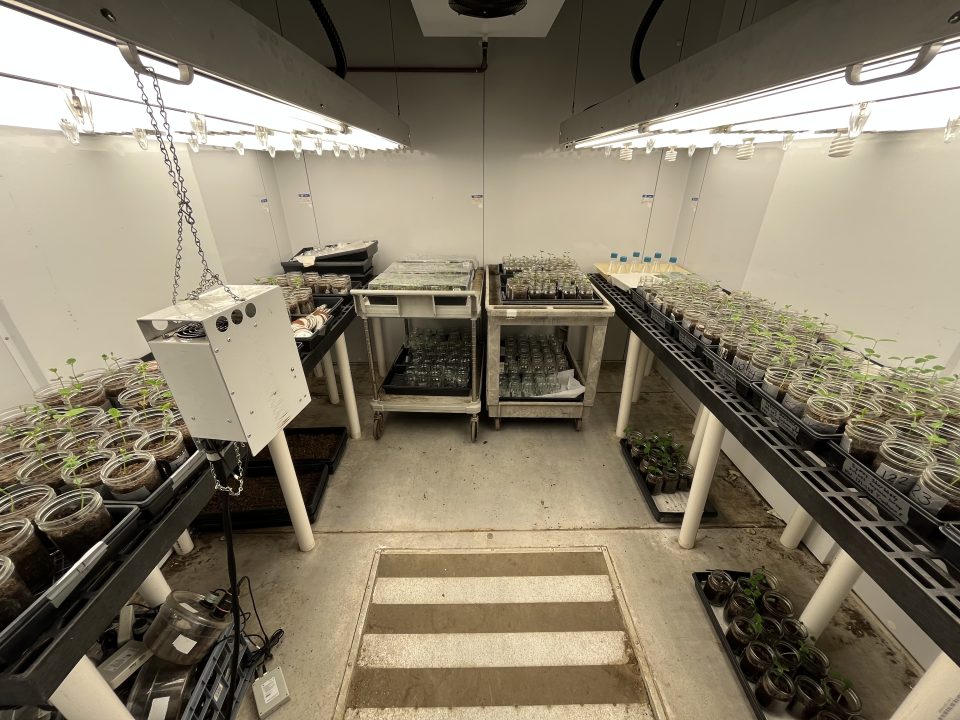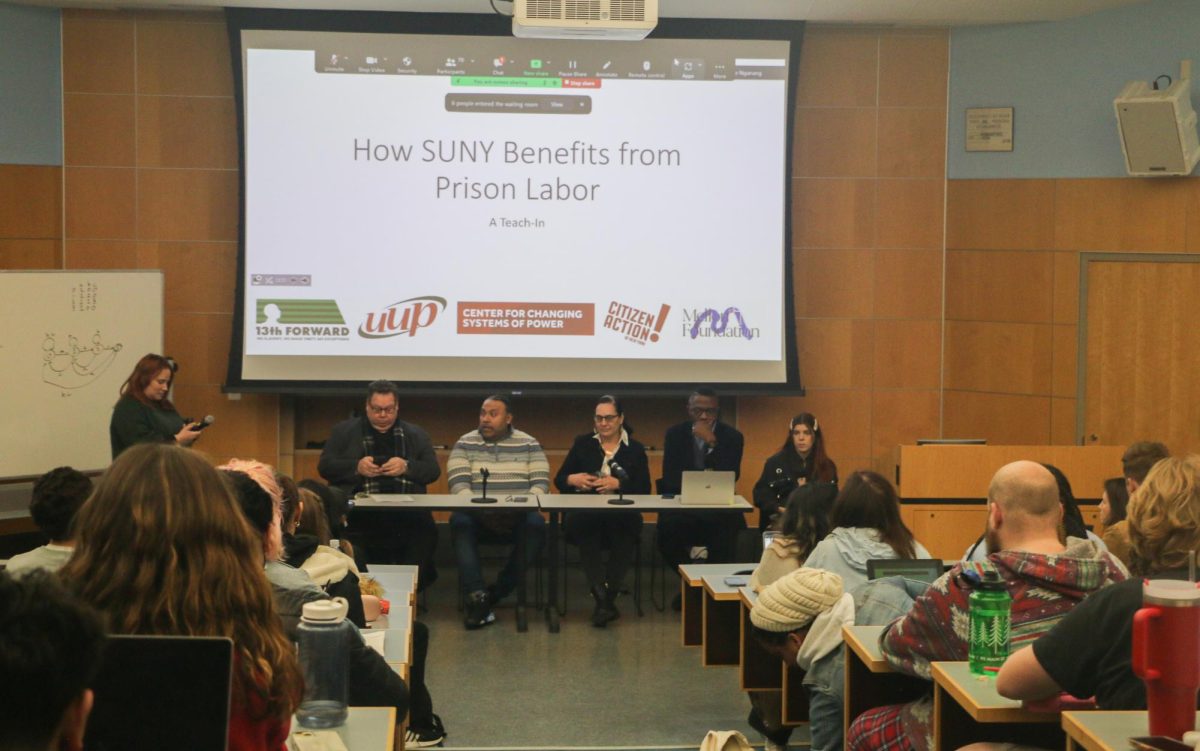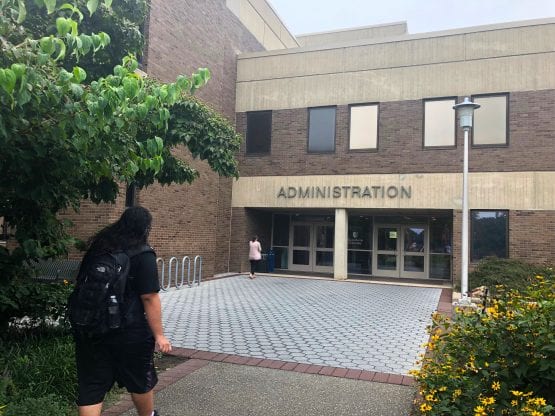
The COVID-19 crisis has led to a mounting deficit for Stony Brook University, causing the administration to cut major costs from their budget and institute a hiring and purchasing freeze for the coming year.
In a budget update email to faculty and staff sent out on Aug. 12, President Maurie McInnis outlined the scope of the university’s loss of income, the accruing debt of the hospital due to the pandemic and the inevitable cuts to current and future budgets. The university has also created a website dedicated to outlining the specifics of Stony Brook’s financial stability.
“While New York as a state seems to have the virus under control more than most, the situation remains tremendously fluid and unpredictable,” McInnis wrote. “The economic havoc COVID has left in its wake will be significant and long-lasting, and it is impacting Stony Brook’s financial health in multiple ways.”
Costs to the academic and research end of the university credited to COVID-19 topped over $74.6 million in 2020. This cost includes $34 million in refunded student fees; $12 million in cultural programs and facility rentals; and $9.6 million in cleaning supply, student quarantine and technology costs.
To defray additional expenses from the 2020 budget, the university has saved a total of $18.7 million by refinancing loans on student housing; utilized $13.4 million in federal aid granted by the Coronavirus Aid, Relief and Economic Security (CARES) Act; and instituted a hiring and purchasing freeze.
McInnis stressed that the short term relief is not going to fix the long term budget concerns. Therefore, the budget actions instituted to resolve costs of 2020 will stay within the university’s 2021’s budget plans, including the hiring freeze which will save the university approximately $20 million.
“To successfully address our budget over the next several years, we can’t rely on short-term stop-gap measures but need to identify long-term solutions,” McInnis wrote. “We must, as a community, begin a more substantive series of conversations and discussions across our campus.”
In terms of income, the university expects a cut to their state support by $25 million, as well as a 17.5% decrease of international and out-of-state student enrollment that is estimated to lose $20 million in expected revenue. The email also said that the number of resident students this semester fell from the expected 10,000 to 6,000 students, causing the university to lose an estimated $38.9 million in revenue.
The email states that the university has also requested an increase in tuition and academic excellence fees to increase revenue, but the request has not yet been approved by the State University of New York Board of Trustees.
Furthermore, there has been a noticeable increase in other fees on student bills, including a $22.50 increase in the Counseling and Health Fee, and a $70 increase in the Technology Fee. Although some fees such as the Undergraduate Activity Fee, have been decreased.
The continued purchasing freeze which extends to purchases such as service contracts, supplies, equipment and travel, expects to save the university $2.3 million. The university is also cutting $2 million out of the athletic budget, and has reached a deal with campus leadership to cut their pay by 10% and hold back the 2% for all Management Confidential employees. Although McInnis doesn’t expect these changes to close the large budget gap, according to the email, the implemented measures are expected to save the university over $55 million in 2021.
The email also states that the university will be utilizing half of the money accumulated in their savings account, a central reserve fund which has averaged $80 million, as a one-time offset for the university’s losses and to pay off contractual salary increases for faculty and staff. The manner in which the university is spending the reserves is “completely unsustainable,” according to the email.
In addition, McInnis has communicated that the university funded a $9 million dollar financial aid gap made necessary by the underfunding of the Tuition Assistance Program (TAP) in 2020. The state’s support of the TAP will decrease by 20% over the 2021 budget year, creating an even larger financial burden for the university. The university was also informed that the Excelsior Scholarship may not accept new students this year.
COVID-19 costs for Stony Brook University Hospital and clinic have generated an estimated $58 million deficit after federal support and offsets, and is expected to suffer an additional loss of $60-$80 million. McInnis wrote that specifics and additional details about the hospital budget will be released soon.
“I fully recognize that you [faculty and staff] are operating in one of the most difficult environments any of us has experienced,” McInnis wrote. “And, we are going to have to bring the same level of collaboration and innovation you brought at the height of the COVID-19 response to our systemic budget challenges… We must work together, share the best ideas, challenge assumptions, and build on the excellence of Stony Brook University in order to continue to move this great institution forward.”











